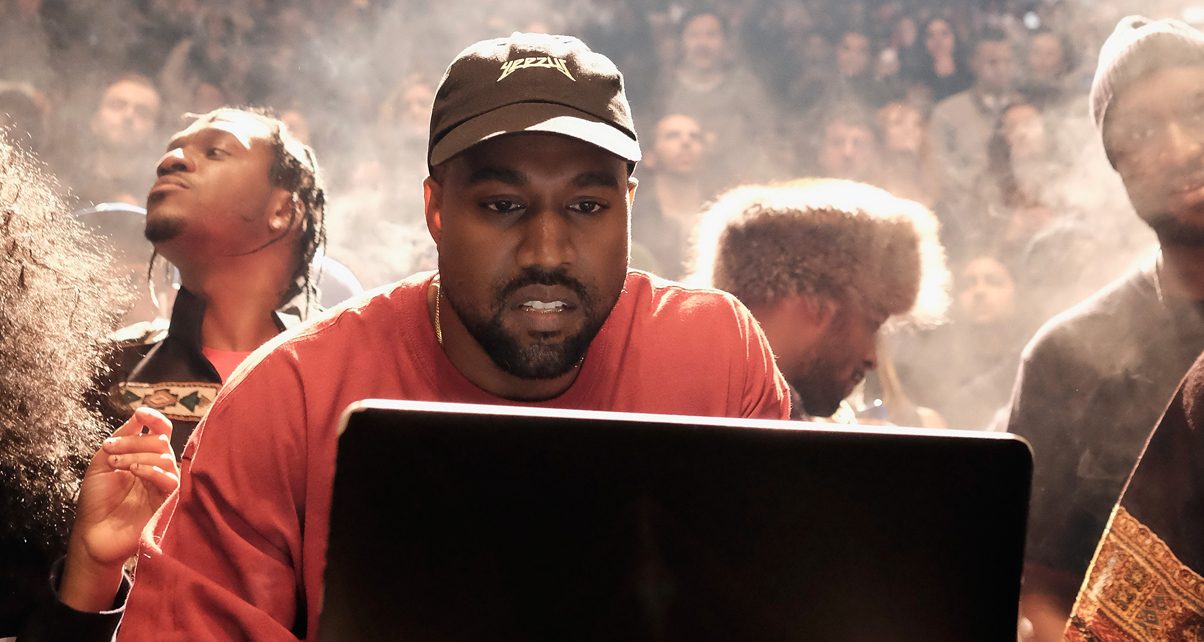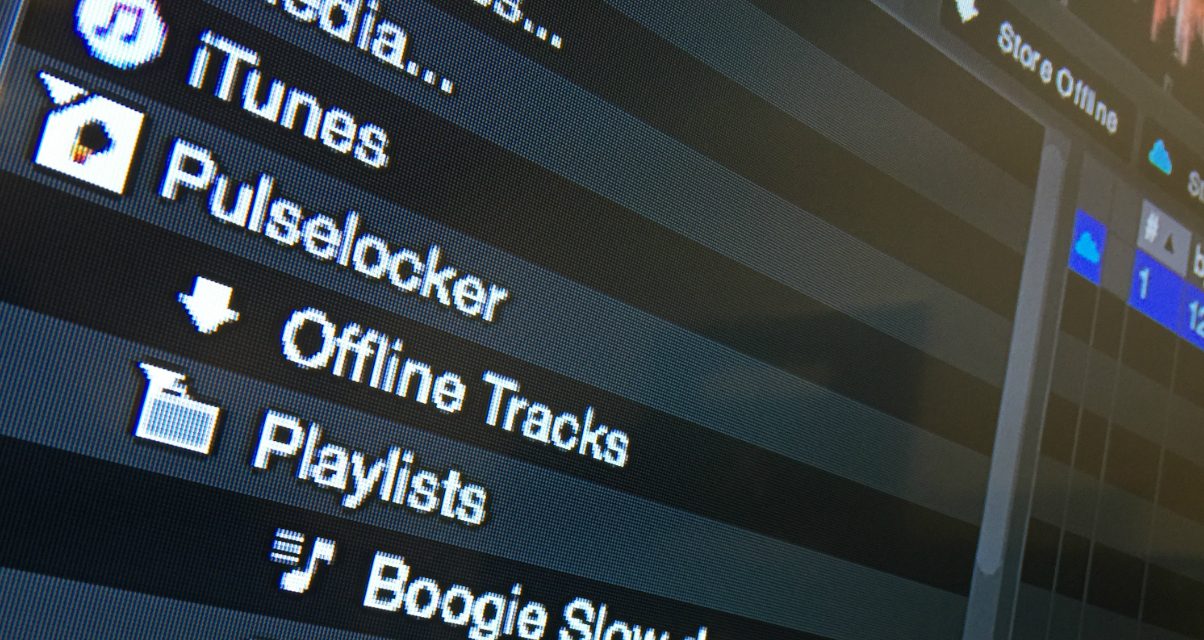For the first time in history, income from music streaming has taken over downloads and physical sales of CDs and vinyl combined – that makes it the most popular method for listening to music. Even though vinyl sales have seen an uptick in recent years, the trend is clear: Streaming is where it’s going for mainstream music consumption.
So it’s only natural that DJs will want in on it too – having millions of songs available as you DJ is an irresistible thought, plus you aren’t limited to your hard drive space because all the tracks you need are streamed from a cloud-based service. And indeed, you can already do it: djay Pro lets you DJ with tracks from Spotify’s 30 million-plus catalogue of tunes (although not – legally, at least – in a commercial setting), and Rekordbox DJ and Serato DJ’s Pulselocker integration means you’ve got access to thousands of house and techno tracks that you can (legally) DJ with in public. Virtual DJ has ContentUnlimited and Deezer as streaming services, too.
All of this means that it’s surely time to make the shift to playing music from streaming services instead of purchasing and downloading music, right? Not so fast. While streaming is the choice du jour for consumers, there are still some caveats for DJs that will make you want to hold on to DJing from music downloads, at least for now…
5 Reasons To Be Wary Of Streaming
1. Music streaming integration can be removed

Though music streaming sites have become the norm, it doesn’t mean that they’re going to stay around in your favourite DJ software forever, or even stay around at all. Changes in policies may affect the way that you’re able to stream music from there (just like what happened with Virtual DJ 8 and Spotify recently), and even sites themselves may go away: anyone remember Grooveshark? Relying on them is a tricky proposition for DJs whose tracks are their currency.
2. Songs can change or disappear altogether

One of the most interesting albums as of late is Kanye West’s “The Life Of Pablo”. It’s intriguing that Kanye decided to modify some songs from the album after it was released so that he could “update” them by revising the mix and production, such as adding guest vocalists to a tune. If you liked any of the tracks on the album as they were, you would be surprised to hear the newer versions, and you may not even like them. Such is the nature of music in a streaming landscape.
In a streaming environment, you don’t “own” the music since you didn’t buy it, therefore you’re at the mercy of the artist / label / producer who released it and whether or not he / she wants to modify it or remove it.
3. Technical hitches may ruin your music programming

I love mixing with djay Pro’s Spotify integration whenever I do house parties and get-togethers, but once in a while I’d spin in a living room or condo that has poor 4G or WiFi. This severely limits my access to Spotify: if you relied solely on streaming for your library, you’d find yourself in a bad situation.
Equipment failure and hiccups can often be saved by killer music programming, but if you don’t have any music with you, you can’t DJ, full stop. Some services (such as Pulselocker) get around this by letting you have offline versions of tracks in playlists, but not all services currently inside DJ software do.
4. Licensing restrictions can be complicated

Music licensing is a jungle, and it can get complicated. Not all countries around the world have access to the same streaming services and streaming catalogue. For instance, Pulselocker isn’t available in Asia at the time of this writing (though you can travel and use Pulselocker if you’ve registered for an account in a country that has authorised Pulselocker).
Another example is you can’t legally DJ with djay Pro and Spotify in public spaces such as clubs, bars and pubs.
5. Remixes, DJ edits, mashups and bootlegs aren’t available

There are a lot of tunes that still aren’t available on streaming platforms: think about mashups and bootlegs, exclusive DJ edits that can only be found on DJ download pools, unreleased material from artists, obscure tracks from your favourite techno imprints that you’ve lovingly ripped from vinyl, your own DJ edits and productions, and so on.
Finally…
Given all these, what should you do then? Our recommendation is to have your essential core DJ library available locally, meaning you own the music files and they’re stored on your hard drive. You can simply use music streaming for less “mission critical” moments: song requests, tracks that you’d want to audition or try out (eg you’d like to see how they work on your dancefloor), and experimenting with new musical styles that you don’t normally play (handy for weddings and functions).
A DJ’s music collection is his or her currency: music is, after all, what you’re sharing during a DJ set, and the tunes that you drop form a huge part of your creative expression. Streaming music is a convenient way to consume music, but there’s still nothing like owning a collection of music that you curate, organise, and revisit time and time again.
Have you tried streaming music during your DJ sets? What has your experience with it been like? Think it’s the way forward, or do you still prefer owning your music? Share your thoughts below.








